Are EVs ready to go mainstream? That might depend, in part, on this past weekend’s big game.
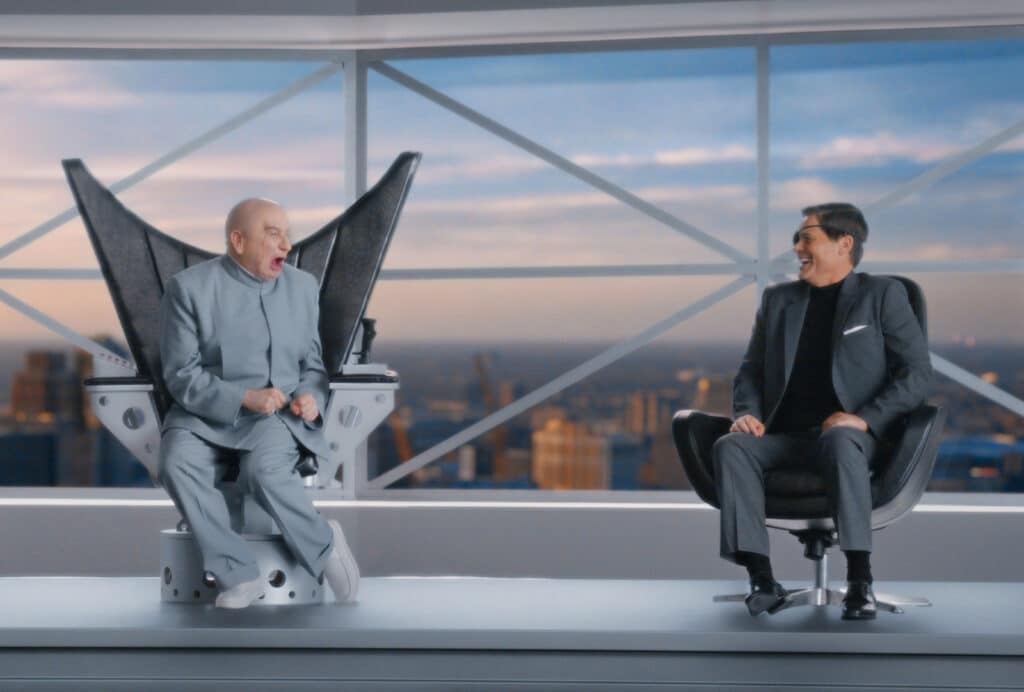
If you watched the Super Bowl Sunday, chances are you paid as much attention to the ads as you did the action on the field. And that means your eyeballs were inundated by spots promoting several the battery-electric vehicles coming to market this year. Among the seven automakers who advertised nationally during the game, six specifically focused on BEVs.
There was a robot dog getting charged up by a Kia EV6, and Dr. Evil, the super-villain from the Austin Powers movies, took a turn for the good to promote General Motors’ new Ultium battery technology. The list of automakers promoting their new battery-electric vehicles included BMW, Nissan and Polestar, as well.
Big bucks, big aspirations
This isn’t the first time the Super Bowl has been used to promote breakthrough technology. Since Apple ran its iconic “1984” ad to introduce the then-new MacIntosh computer 38 years ago, the big game has seen a variety of new technologies and tech services break out with high-visibility spots. And automakers are hoping that the past will repeat itself, the Super Bowl helping take EVs from niche products into the mainstream.
Clearly, advertisers have big expectations for the Super Bowl considering host NBC is getting as much as $6.5 million for a single 30-second spot — up a cool million bucks from a year ago. While there have been some spectacular failures, history suggests that an effective commercial can handily pay for itself.
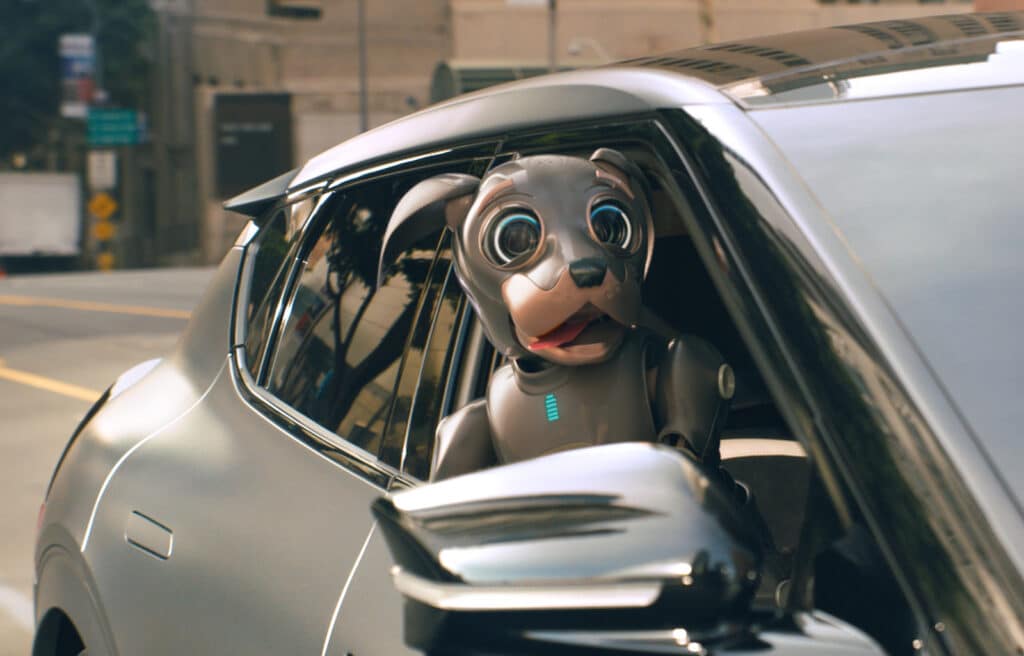
Insight Express, a Stamford, Connecticut-based market research firm, found 97% of Super Bowl advertisers see spots as “effective in raising consumer awareness.”
“As a pop-culture phenomenon, they are the most talked about ads of the year,” said Steve McKee, president of McKee Wallwork Henderson, a New Mexico-based advertising agency that measures viewer response, told SuperBowlAds.com, a website that tracks advertising during the game.
A technology showcase
There are a number of examples showing that companies producing tech gear and services have done well by playing to Bowl advertisers.
Perhaps no better example is the legendary “1984” spot produced by Apple to introduce the new MacIntosh computer. Playing off the dark theme of the George Orwell book by that name, it helped introduce millions of American viewers to the idea of owning a personal computer. Apple later used the Super Bowl to promote its new smartphone technology.
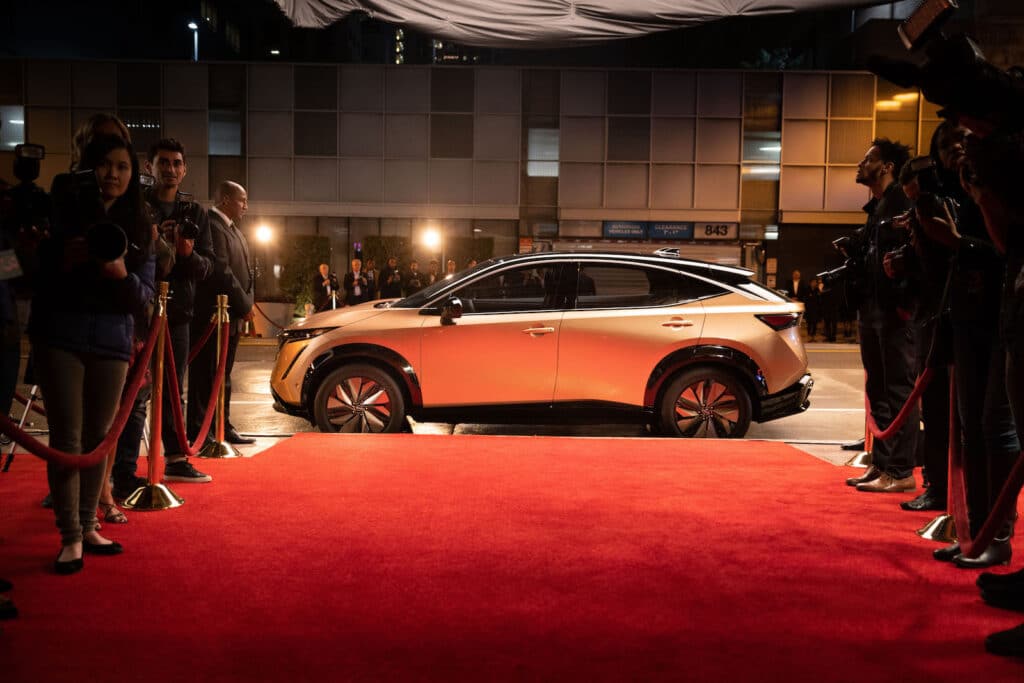
Registry service GoDaddy helped popularize the Internet with a long-running series of steamy spots featuring race car driver Danica Patrick. And online pioneer Auto-by-Tel touched off a revolution in car sales when it became the first to advertise the idea that vehicles could be purchased online.
Super Bowl LVI wasn’t the first time a battery-electric vehicle was advertised during the game. GM promoted the upcoming GMC Hummer EV during the 2021 event, Porsche also highlighting its all-electric Taycan.
The tipping point
But this year’s event made it impossible to ignore the coming of the battery-car era. And it appears to be coming fast. Sales of pure BEVs rose 83% in 2021, even as the overall U.S. car market tumbled 9% compared to the already pandemic-weakened 2020.
This year could see even more dramatic growth, GM CEO Mary Barra predicting this will be the “tipping point” for battery-electric vehicles. A key reason: the explosive growth in the number of models available in U.S. showrooms. At the end of the 2021 model year last autumn, TheDetroitBureau.com estimated there were about 15 long-range models — those delivering at least 200 miles per charge — available. By the end of the 2022 calendar year, a 15-month stretch, the number of BEVs could run as high as 60.
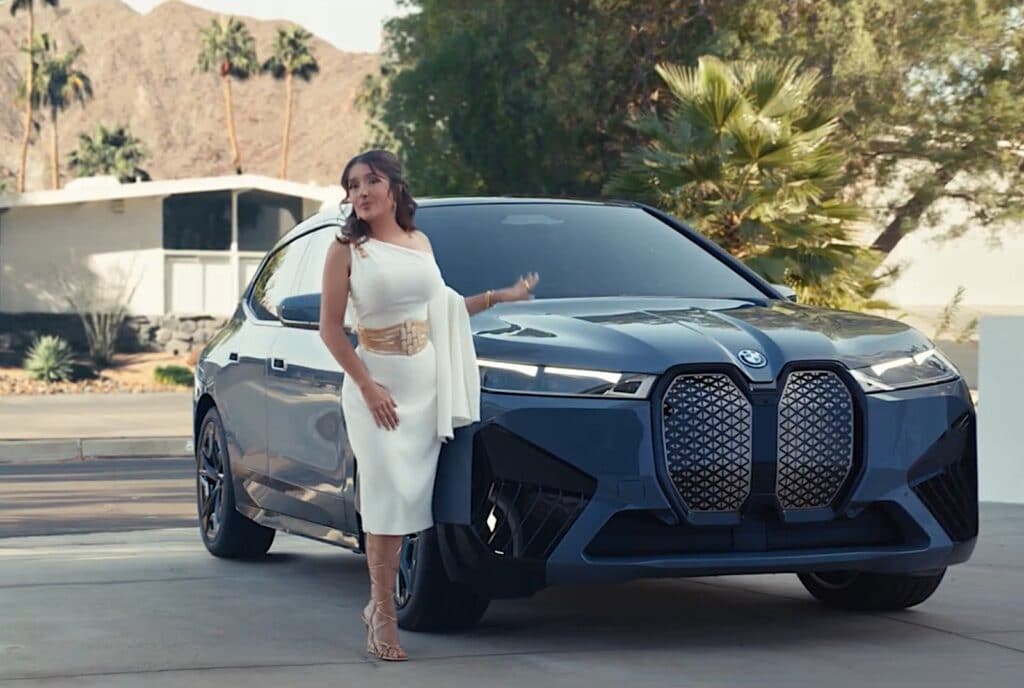
And they will be available in far more market segments than ever, with all-electric pickups like the Rivian R1T, GMC Hummer EV and Ford F-150 Lightning targeting entirely new groups of buyers.
Competing for attention
Competing for the attention of Super Bowl viewers is never easy, with advertising taking up nearly as much screen time as the game itself. To stand out, advertisers may spend as much preparing a spot as they do for airtime. That often means big name celebrities, from film stars to sports heroes.
Nissan connected, at least according to advertising industry bible Ad Age. It rated the automaker’s “Thrill Driver” spot, starting comedy legend Eugene Levy, as one of the game’s 10 best. GM, meanwhile, ranked number five. It took a nostalgic turn with its “Dr EV-il” spot. It brought back the bad guy from the Austin Powers spy spoof movies — though here the bald baddie is convinced to beat an even more insidious villain, global warming.
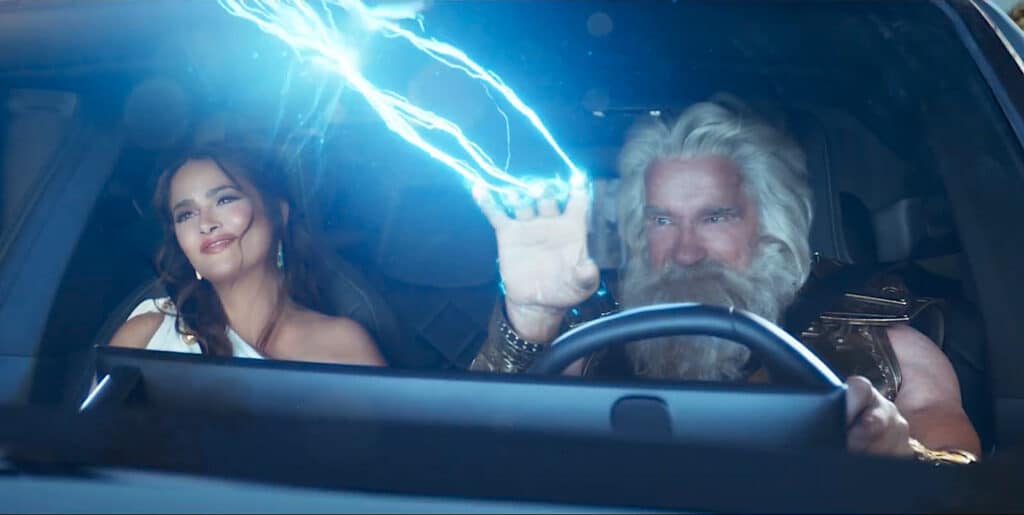
Like many Super Bowl advertisers, GM has doubled up. A longer version of the Dr EV-il spot is now available online where it eventually could generate as many views as it did during the game.
Is it worth it?
Not everyone believes Super Bowl advertising is worth it. Mark Stevens, author of the book, “Your Marketing Sucks,” believes companies like GM — or Frito Lay or Amazon, for that matter — “may as well throw the money (spent on game ads) out the window.”
But, it’s clear that lots of companies are convinced otherwise. That includes a lot of automakers. And there appears to be data that should make them feel like their money was well spent.
On the whole, Cars.com reports that the EV pages on its website and apps saw an average 80% increase in page views. Volvo’s EV spinoff Polestar had the biggest increase, at 580%, according to Cars.com — a major development for a brand that previously had a low level of consumer awareness. GM’s EV products scored a 187% increase.
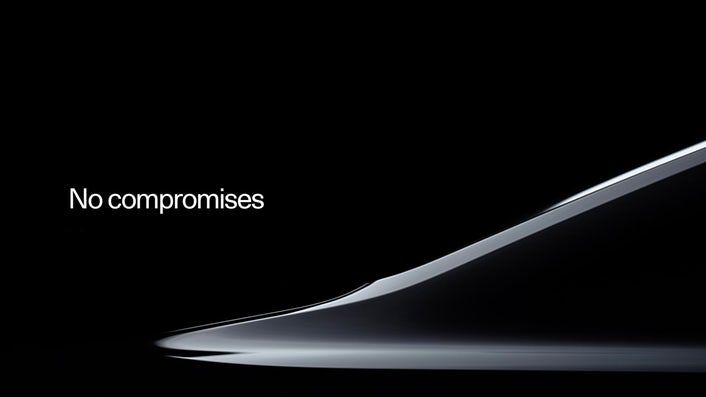
Looking to the future
It’s significant to note that the auto industry focused all but exclusively on EVs during the Sunday mega-event. Of eight automotive ads, seven centered around electric vehicles. But exactly what automakers hoped to achieve is a big question. Not all the vehicles manufacturers spotlighted are even in showrooms yet. It will be a year before the Chevrolet Silverado EV is available for commercial buyers and the retail version won’t go on sale until later in 2023.
Automakers appeared to be more focused on showing the new direction they are heading in than on actually selling EVs today.
And, when you combine all the EV spots that ran throughout the broadcast, the takeaway message is that battery cars are rapidly moving from niche to mainstream, and there may soon be reason to put one in your own driveway.
"electric" - Google News
February 15, 2022 at 02:19AM
https://ift.tt/BYXIDwQ
Automakers Hope the Super Bowl Convinced Americans it's Time to Go Electric - Paul Eisenstein
"electric" - Google News
https://ift.tt/q2pGCRE
https://ift.tt/lAYi5kn
Bagikan Berita Ini















0 Response to "Automakers Hope the Super Bowl Convinced Americans it's Time to Go Electric - Paul Eisenstein"
Post a Comment